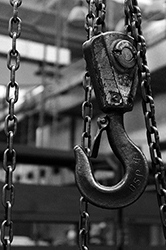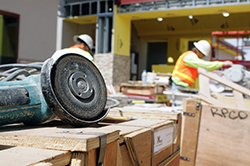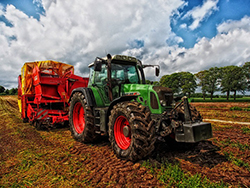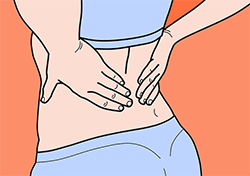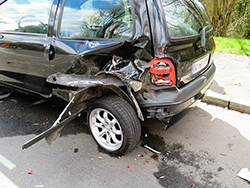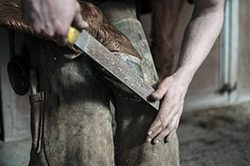 As a small tradesman, you perform a variety of tasks on the job site or in a factory. You love your job and have invested time studying in a trade school or an apprenticeship. While you are a skilled professional, you must pay attention to your insurance needs, though, including Small Tradesman’s Workers’ Compensation.
As a small tradesman, you perform a variety of tasks on the job site or in a factory. You love your job and have invested time studying in a trade school or an apprenticeship. While you are a skilled professional, you must pay attention to your insurance needs, though, including Small Tradesman’s Workers’ Compensation.
What is Small Tradesman’s Workers’ Compensation?
Small Tradesman’s Workers’ Compensation ensures your medical and other needs are met if you’re injured or become ill because of your job. It can cover injuries or illnesses caused by a specific event or from repetitive motions, overuse or exposure over time.
In general, Small Tradesman’s Workers’ Compensation pays for:
-
- Necessary medical treatment – pay for any generally acceptable medical care you need to treat your injury or illness, including doctor visits, lab tests, physical therapy, surgery, medication and medical equipment.
-
- Wage replacement – replace a portion of your wages as you recover.
-
- Disability – receive payment if your work-related injury or illness causes a total, partial, temporary or permanent disability.
-
- Death – survivors receive a death benefit if your work-related injury or illness is fatal.
-
- Rehabilitation – pay for therapy you need to regain employment-related skills or train for a new job.
Every state has different Workers’ Compensation requirements, so familiarize yourself with the law before you start a job. Remember to check Small Tradesman’s Workers’ Compensation requirements for out-of-state jobs, too.
Who Qualifies for Small Tradesman’s Workers’ Compensation?
Several factors determine your eligibility for Small Tradesman’s Workers’ Compensation. They can include your state’s requirements, your company’s size and the type of work you do. Talk to your employer or insurance agent for details about your qualification for this valuable coverage.
How do you File a Small Tradesman’s Workers’ Compensation Claim?
It’s very important that you follow procedure when filing a Small Tradesman’s Workers’ Compensation claim. Otherwise, your expenses may not be covered.
- Immediately report the injury or illness to your employer.
- File necessary paperwork that lists details about the injury or illness, including where and when it happened and what you were doing.
- See the approved medical professionals who accept your Small Tradesman’s Workers’ Compensation insurance.
- Follow all medical advice, including recommended lab testing or rest.
How do you Purchase Small Tradesman’s Workers’ Compensation?
Every employer is responsible for purchasing Small Tradesman’s Workers’ Compensation insurance. Ask your employer today if you’re covered. It’s easy to buy a policy from a licensed insurance agent who understands the insurance industry and the risks you face as a small tradesman. Your agent will help you follow your state laws and protect yourself.

